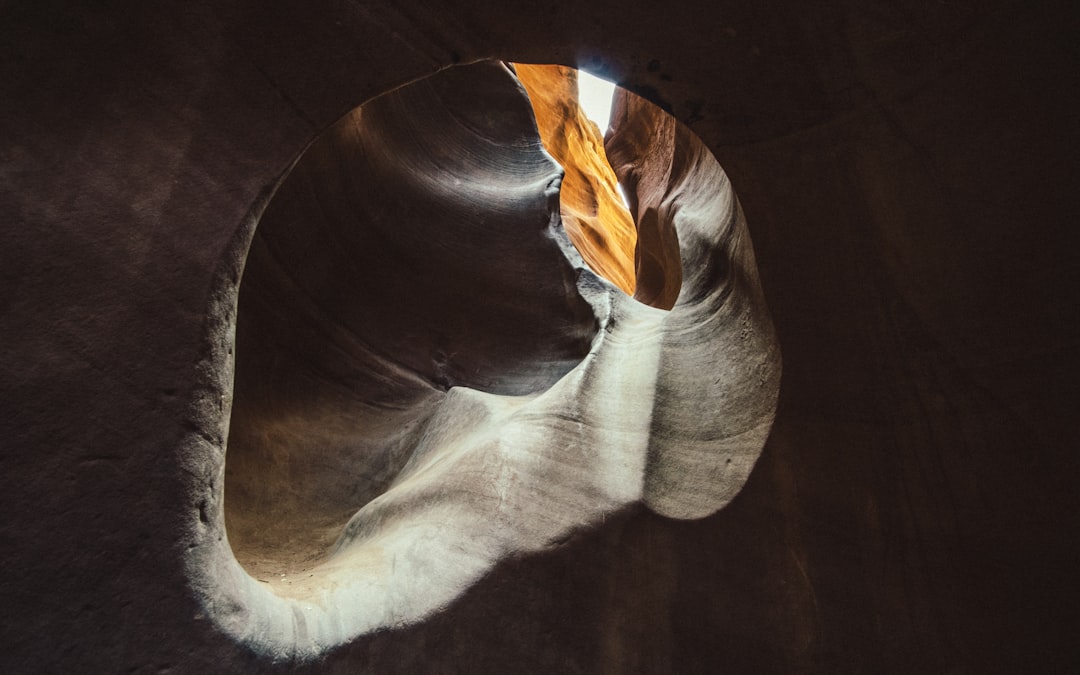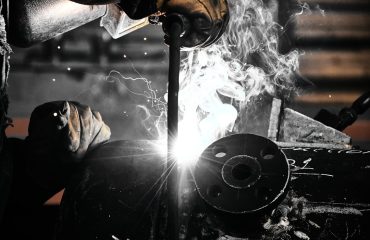From electricity generation to industrial processes, boiler tubes are the unsung heroes powering our modern world. These seemingly simple components play a critical role in efficient heat transfer, ultimately driving countless applications. This comprehensive guide delves into the technology and use of boiler tubes, exploring their materials, design, maintenance, and future prospects.
The Science of Heat Transfer in Boiler Tubes
The primary function of a boiler tube is to facilitate the efficient transfer of heat from the combustion process to the water or steam within the boiler. This heat transfer is predominantly achieved through convection and conduction. Convection involves the movement of heated fluid (water/steam) within the tube, while conduction refers to the transfer of heat through the tube’s material itself. The design of the boiler tube, including its diameter, length, and material properties, directly impacts the rate and efficiency of this heat transfer. Factors like tube wall thickness and surface area are crucial in optimizing heat transfer performance. A well-designed tube minimizes thermal resistance, ensuring maximum heat absorption and steam generation.
Boiler Tube Materials: A Balancing Act of Strength and Durability
The choice of boiler tube material is paramount, demanding a delicate balance between strength, corrosion resistance, and high-temperature performance. Common materials include carbon steel, alloy steel, and stainless steel, each suited to specific operating conditions and applications. Carbon steel is cost-effective and suitable for lower-pressure boilers, but its corrosion resistance is limited. Alloy steels, incorporating elements like chromium, molybdenum, and vanadium, offer enhanced strength and creep resistance at elevated temperatures, crucial for high-pressure and high-temperature applications. Stainless steels, particularly those with high chromium content, provide excellent corrosion resistance, making them ideal for boilers handling aggressive chemicals or corrosive flue gases.
The selection process often involves considering factors like boiler pressure, temperature, fuel type, and the chemical composition of the water and steam. Advanced materials, such as superalloys, are employed in specialized applications requiring exceptionally high temperatures and pressures, such as those found in power plants utilizing advanced combustion technologies.
Boiler Tube Design and Manufacturing: Precision Engineering for Optimal Performance
Boiler tube manufacturing involves rigorous quality control to ensure dimensional accuracy, surface finish, and material integrity. Seamless tubes are often preferred for high-pressure applications to eliminate potential weld defects. The manufacturing process involves various techniques, including hot rolling, cold drawing, and heat treatment. Heat treatment is essential to achieve the desired mechanical properties, such as strength, ductility, and toughness. The precise dimensions and tolerances of the tubes are critical to ensure proper fitting within the boiler header and drum assemblies. Advanced manufacturing techniques, such as precision welding and advanced surface treatments, are continuously being developed to improve tube lifespan and performance.
Maintenance and Inspection of Boiler Tubes: Prolonging Lifespan and Ensuring Safety
Regular maintenance and inspection of boiler tubes are crucial for ensuring safe and efficient operation. This involves visual inspection for signs of corrosion, erosion, scaling, and other defects. Non-destructive testing (NDT) methods, such as ultrasonic testing and eddy current testing, are employed to detect internal flaws that might not be visible to the naked eye. Regular chemical cleaning of the tubes helps remove scale buildup, improving heat transfer efficiency and preventing corrosion. Proper water treatment is also essential to minimize scale formation and corrosion. Early detection and repair of defects can significantly extend the lifespan of boiler tubes and prevent catastrophic failures.
Future Trends in Boiler Tube Technology: Innovation for Enhanced Efficiency and Sustainability
Ongoing research and development efforts are focused on improving the efficiency, durability, and sustainability of boiler tubes. This includes the development of advanced materials with enhanced high-temperature strength and corrosion resistance. Innovative designs, such as finned tubes and advanced geometries, are being explored to improve heat transfer efficiency. The use of advanced manufacturing techniques, such as additive manufacturing (3D printing), offers the potential for customized designs and improved manufacturing efficiency. Furthermore, research into more sustainable materials and manufacturing processes is gaining momentum to reduce the environmental impact of boiler tube production and disposal.
In conclusion, boiler tubes are essential components in numerous industrial applications, demanding robust design, durable materials, and meticulous maintenance. The ongoing advancements in material science and manufacturing technologies ensure the continued reliability and efficiency of these unsung heroes of power generation.
SEO Tags:
- Boiler Tubes
- Boiler Tube Technology
- Heat Transfer in Boilers
- Boiler Tube Materials
- Boiler Maintenance




